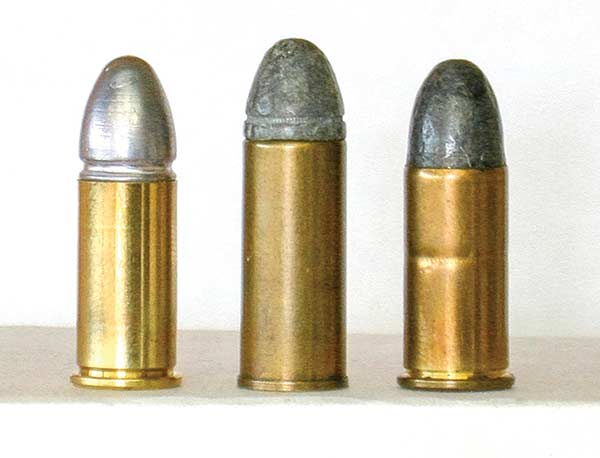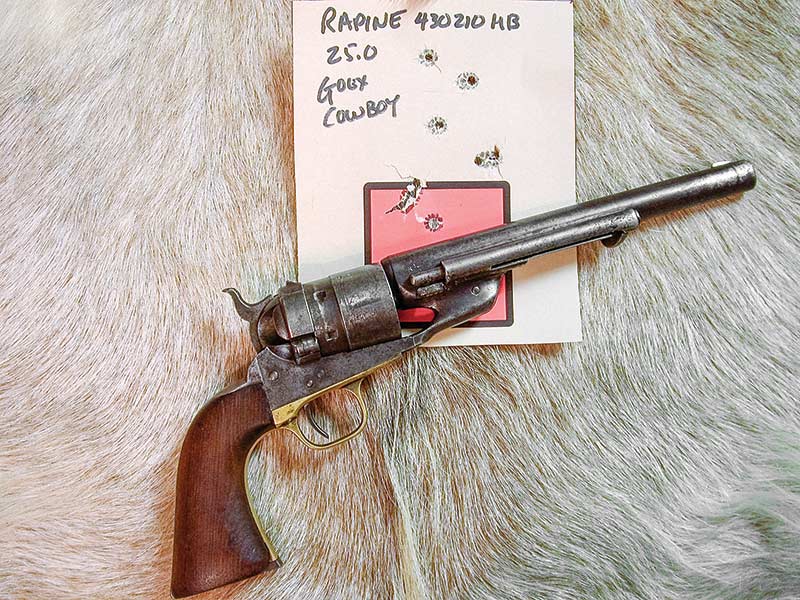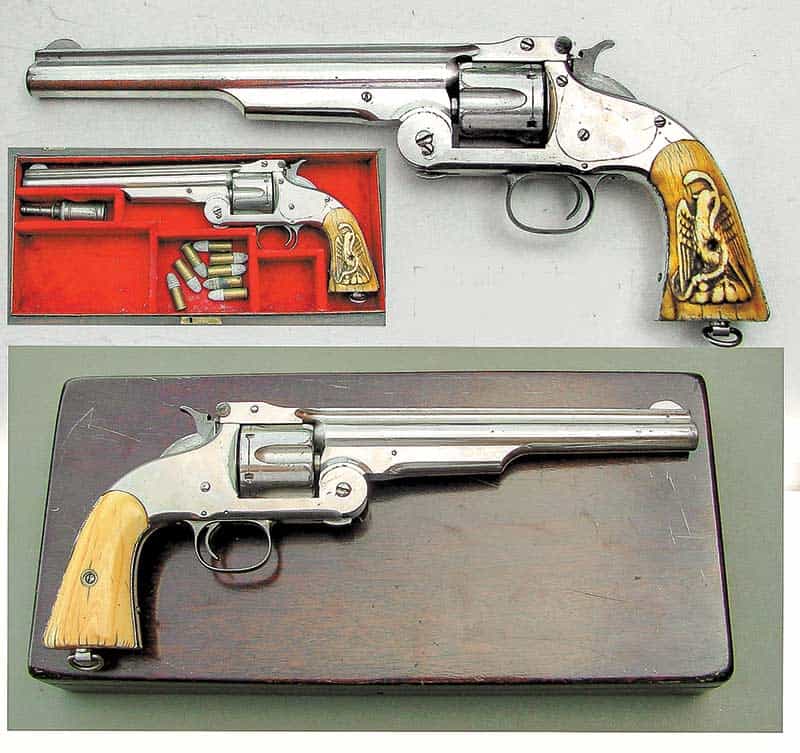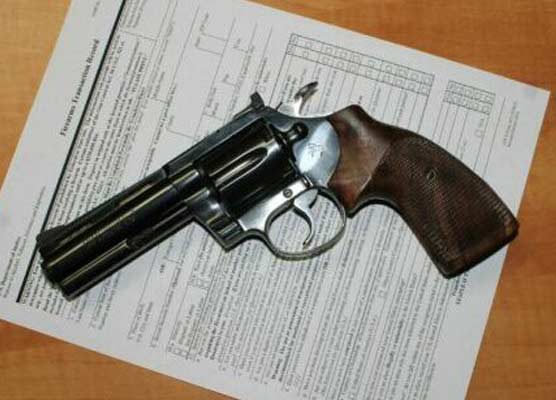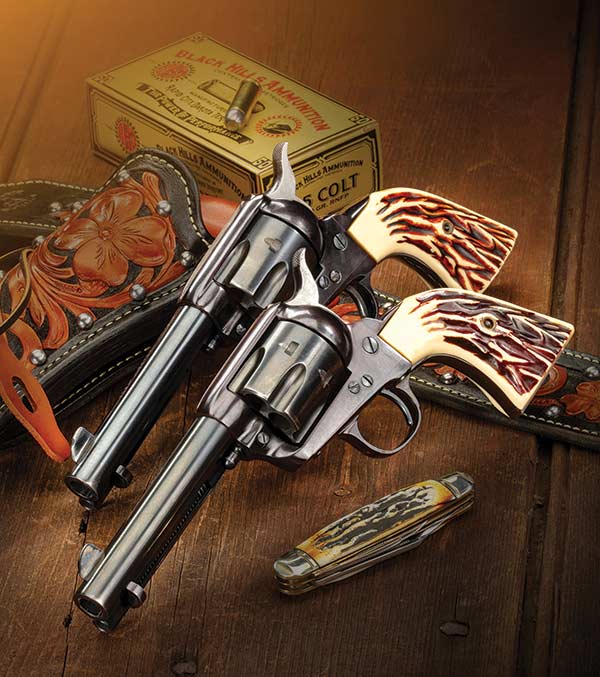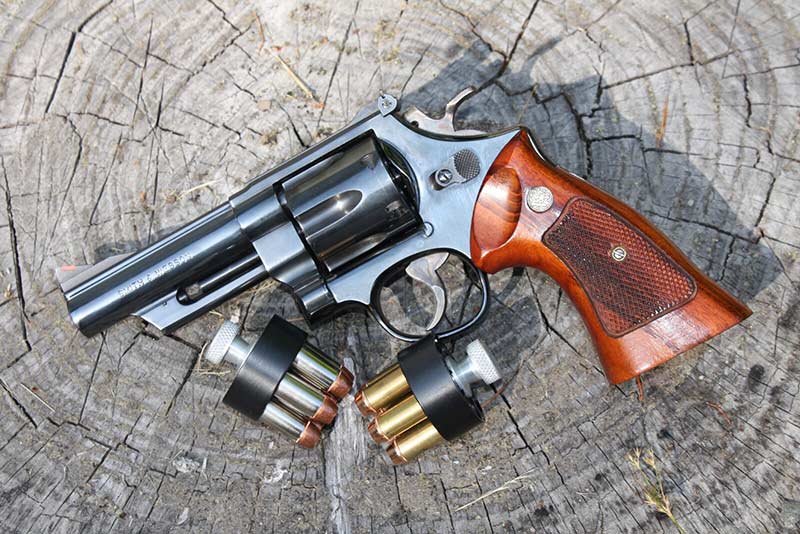The First Forty-Fours: Part 2
The .44 comes of age
Continued from earlier (here) — Life is full of trade-offs and while the Walker and Dragoon revolvers had plenty of power, their 4-lb. plus weight made most shooters hesitate to carry one, much less a pair, all day and they were more than a little heavy for fast work from a holster — except for the outlaw Josie Wales and Lonesome Dove’s Gus McRae.
It was time for a new big bore sixgun so Sam Colt and Elisha Root worked together on the eve of the War Between The States and developed what I consider the apex of Colt’s cap-and-ball sixguns. The old 1851 Navy .36 was perfect for holster use but carried a small payload; now metallurgy had improved to the point Colt could use the same basic frame size as the 1851 Navy to make a .44 sixgun. This was accomplished by using a two-step cylinder, smaller at the back than at the front, with a cutout at the front of the frame to accept the larger cylinder. By doing so it was possible to come up with a .44 caliber revolver almost as trim as its predecessor.
Basically, the Colt 1860 Army .44 carries a Dragoon-size grip frame on a Navy main frame and with the rebated cylinder larger at the front, is able to hold a full 40 grains of black powder under a .44 caliber ball. The barrel length was 8″, the loading lever was streamlined to flow naturally into the frame rather than having the blocky appearance of the 1851 Navy and the grip frame was made slightly longer to handle recoil. Many sixgunners consider the streamlined 1860 to be the most beautiful of all Colt’s percussion revolvers.
There is no doubt Sam Colt was a genius when it came to firearms, their mass production and their marketing. He became exceedingly successful producing percussion revolvers for the Union for use in the War Between The States beginning in 1861. Colt would not live to see how successful his company would actually be as he died in 1862.
Cartridges Arrive
However Sam Colt could not see the future as far as fixed ammunition was concerned but the team of Smith & Wesson, along with Oliver Winchester, did. The first successful cartridge firing revolver had emerged from Smith & Wesson in 1857 while shortly thereafter the revolutionary 1860 Henry rifle came to market using a .44 Rimfire cartridge. After the success of the 1860 Henry, Oliver Winchester developed the 1866 levergun, the first to bear the Winchester name. Both the Henry and the Model 1866 were high-capacity firearms with some holding as many as 17 rounds of the new .44 Rimfire. The stage was now set for a long line of .44 cartridges to emerge.
A Brave New World
The Smith & Wesson Model #3 American in 1870 was not only the first big bore cartridge-firing sixgun, it was also the first cartridge revolver to be adopted by the United States Military.
The Army had pretty much ignored the newly popular cartridge-firing rifles for military use but they were not so shortsighted when the Smith & Wesson American arrived and immediately purchased 1,000 for military use.
Unlike the .44 Rimfire of the 1860 Henry and the 1866 Winchester rifles, the .44 American was a centerfire cartridge. However, over 3,000 Smith & Wesson Americans were chambered in .44 Henry Rimfire. This means it was possible to have a sixgun and a levergun using the same fixed ammunition by combining a Smith & Wesson American .44 Rimfire with either an 1860 Henry or an 1866 Winchester in the same chambering.
The standard First Model American had an 8″ barrel, a square butt with smooth walnut grips, and a fluted six-shot cylinder with approximately 8,000 being made from 1870 to 1872. The Second Model American had a hammer that locked into the latch on the back of the barrel assembly, and the frame above the trigger was no longer a straight line but instead had a slight extension just above the trigger. Just under 21,000 were manufactured from 1872 to 1874.
In December 1870, the United States military purchased 1,000 Americans in both blue and nickel-plated. In addition to the United States Army purchase of Americans, they were bought by Argentine Army and Spanish forces in Cuba but major purchases were made by the Russians.
Colt .44 Conversions
In July 1871 the Colt Richards Conversion first appeared. Starting with an 1860 Army, a breech plate was added to the back of the bored-through cylinder and an ejector rod and housing added to the side of the barrel. This was followed by the Richards-Mason Conversion and both of these were offered on 1860 Army revolvers Colt already had in inventory.
Both were chambered in the .44 Colt cartridge using a 210-gr. bullet over 23 grains of black powder. The first non-conversion Colt revolver chambered in .44 was the 1871-72 Open Top. This model is easily distinguished from the first two Conversions by the fact the rear sight is on the back of the barrel in front of the cylinder. It was offered not only in .44 Colt but .44 Rimfire as well for those who wanted a companion sixgun to their .44 Henry or 1866 Winchester. All three of these Colts firing fixed ammunition were produced simultaneously.

